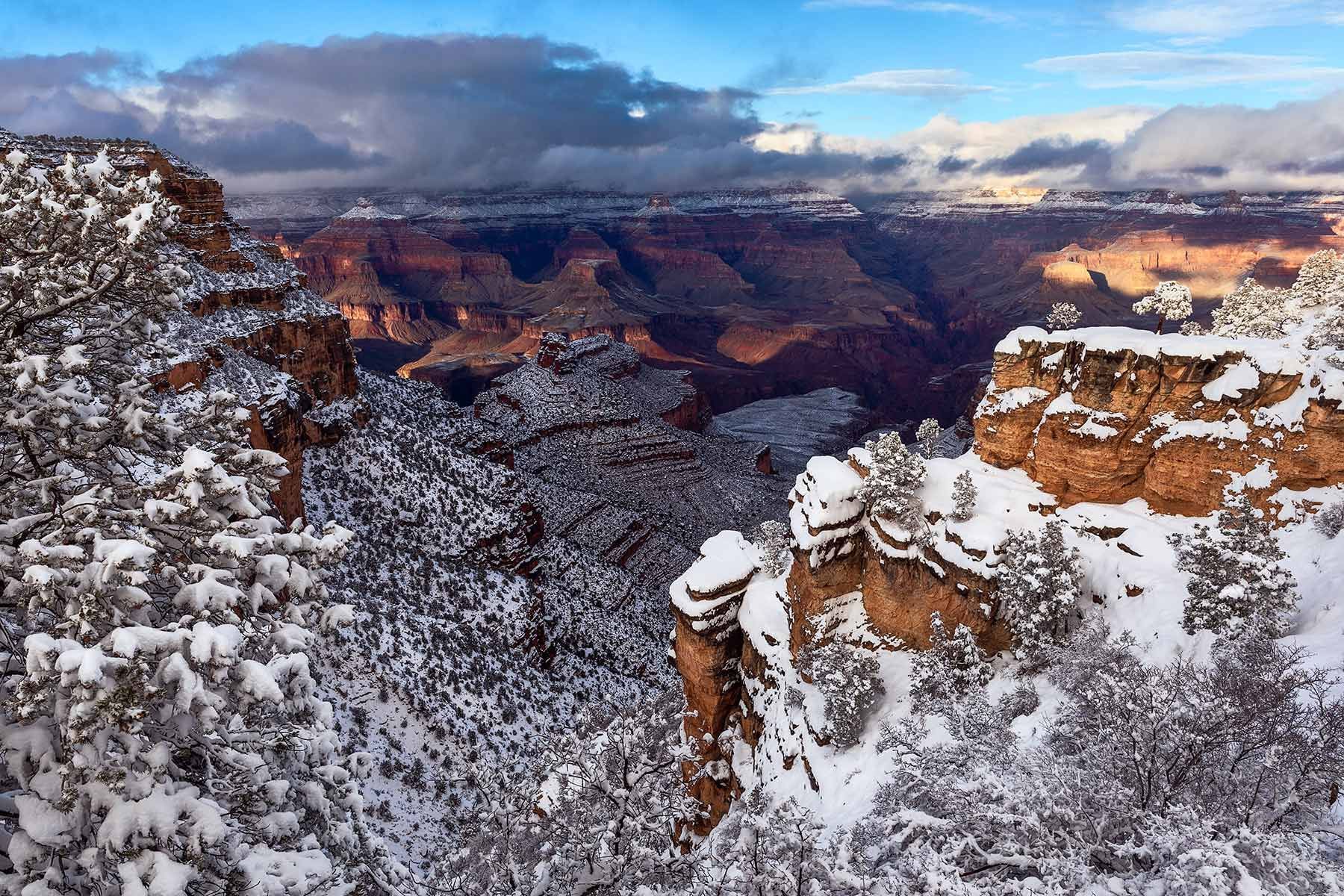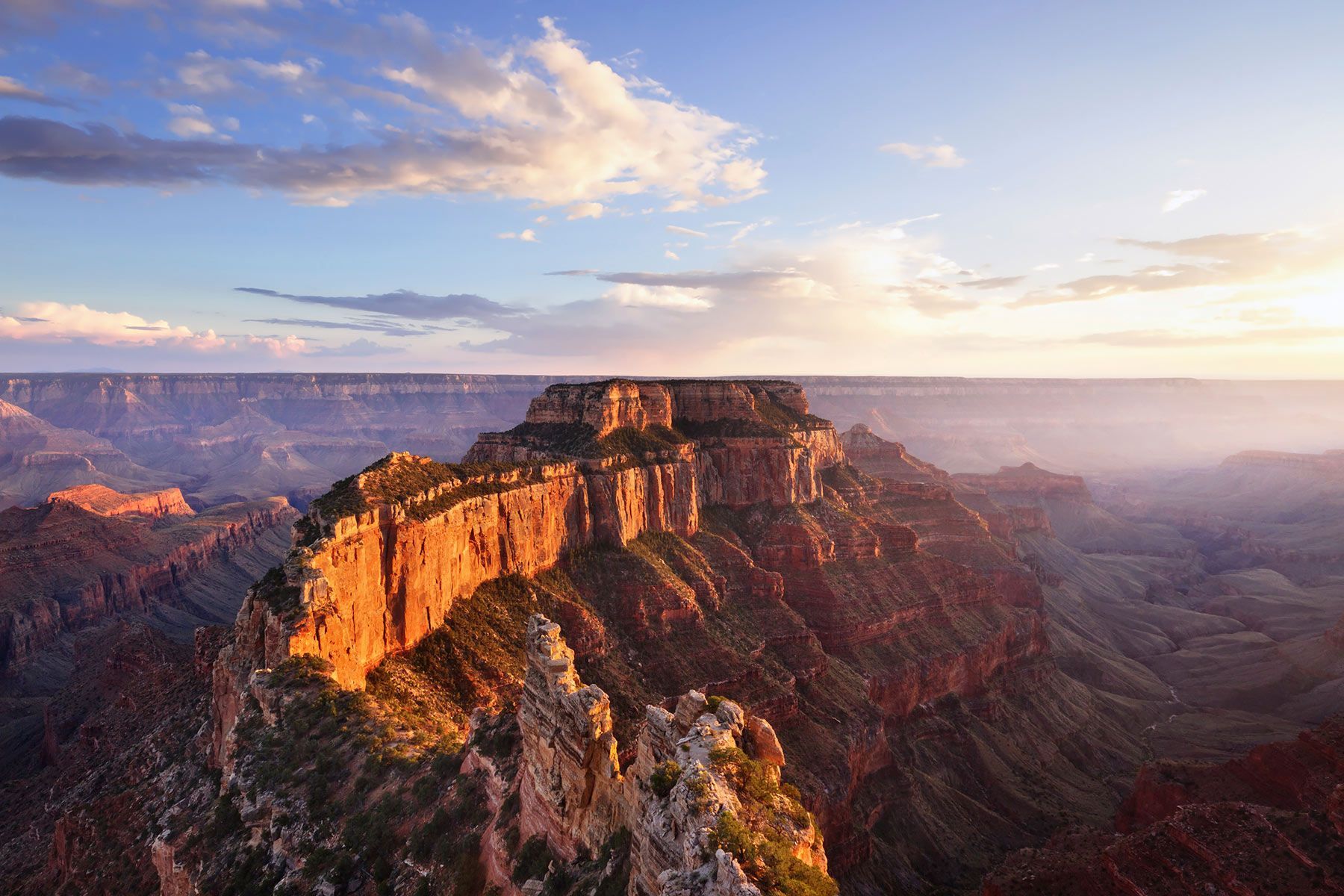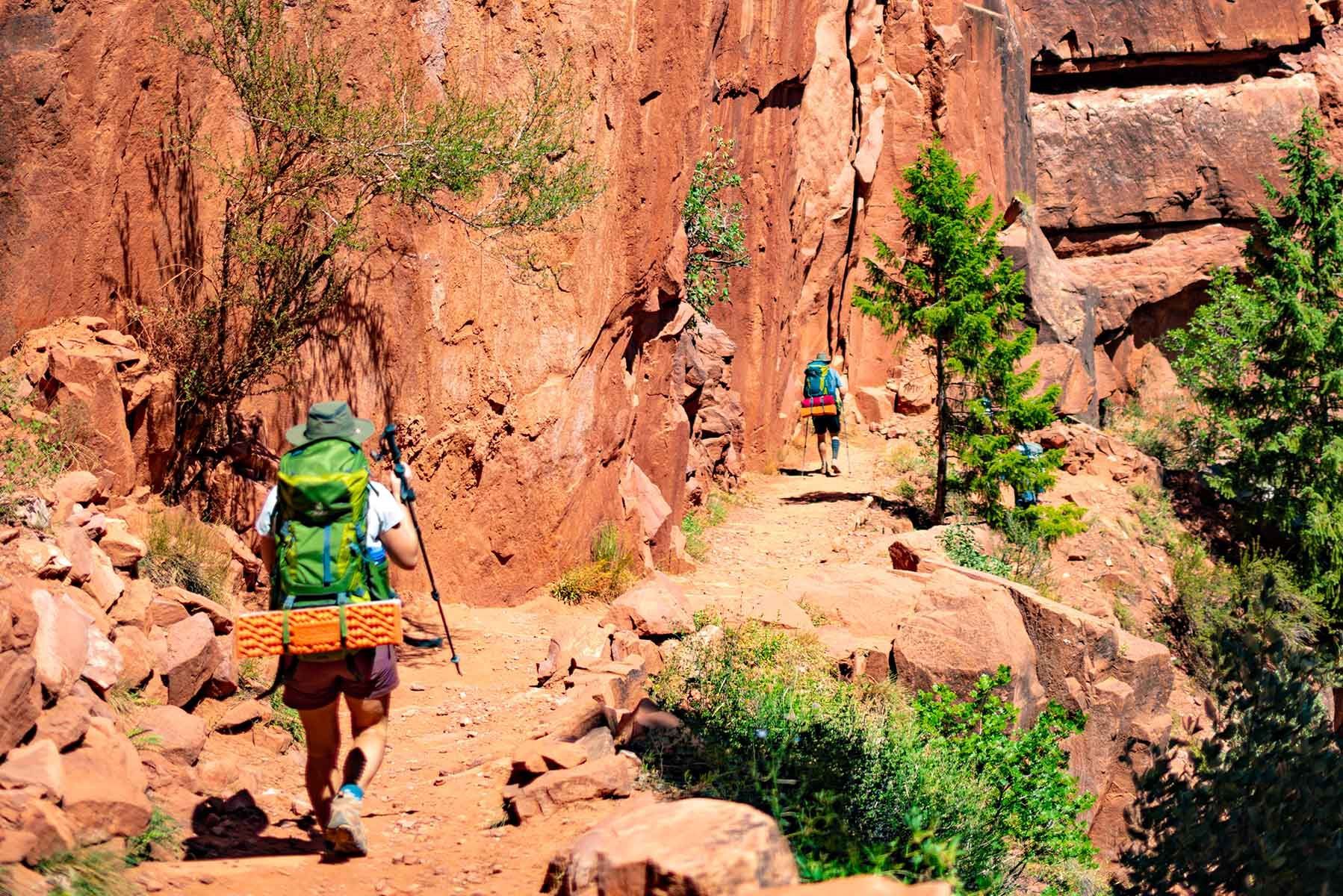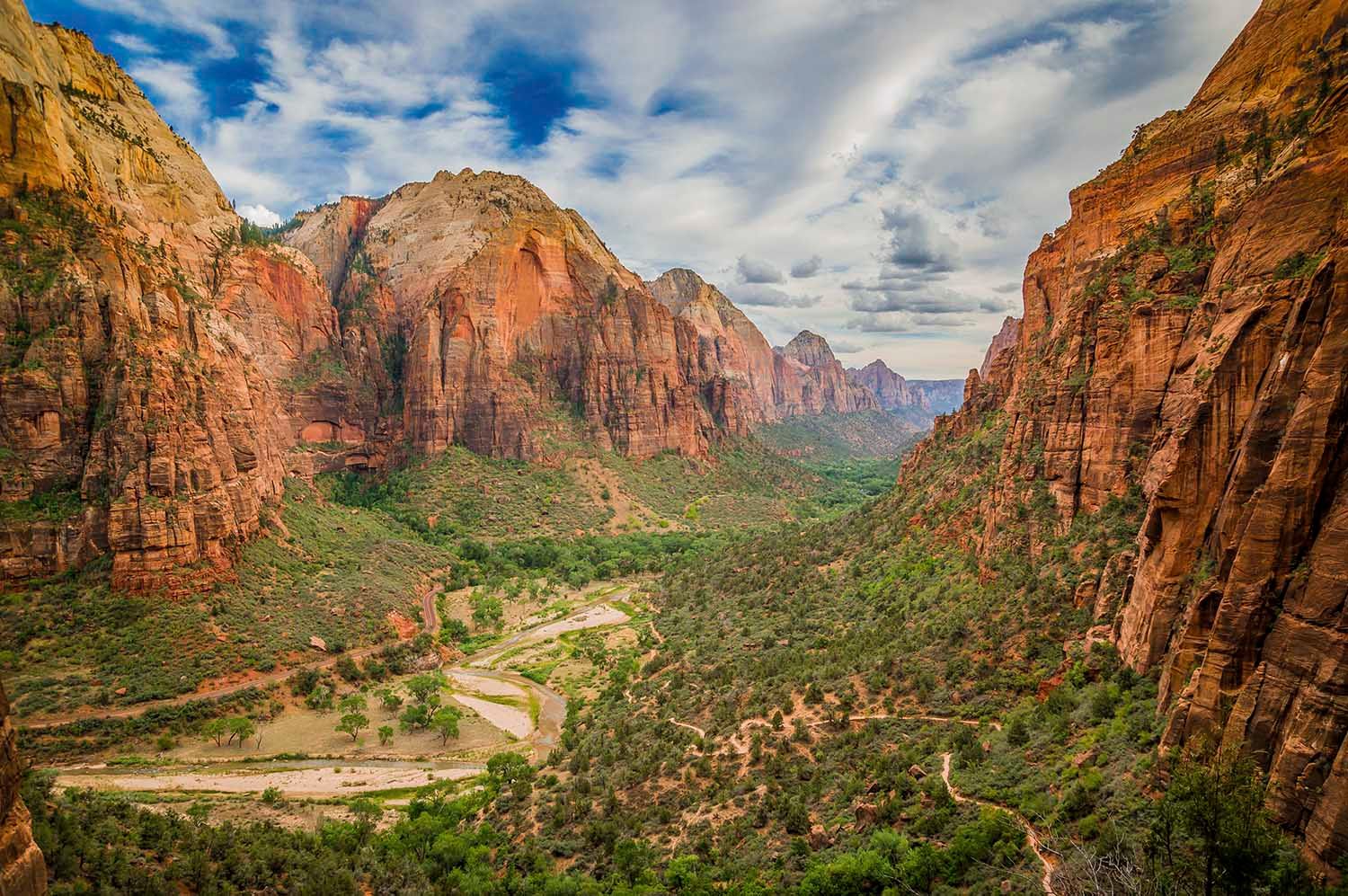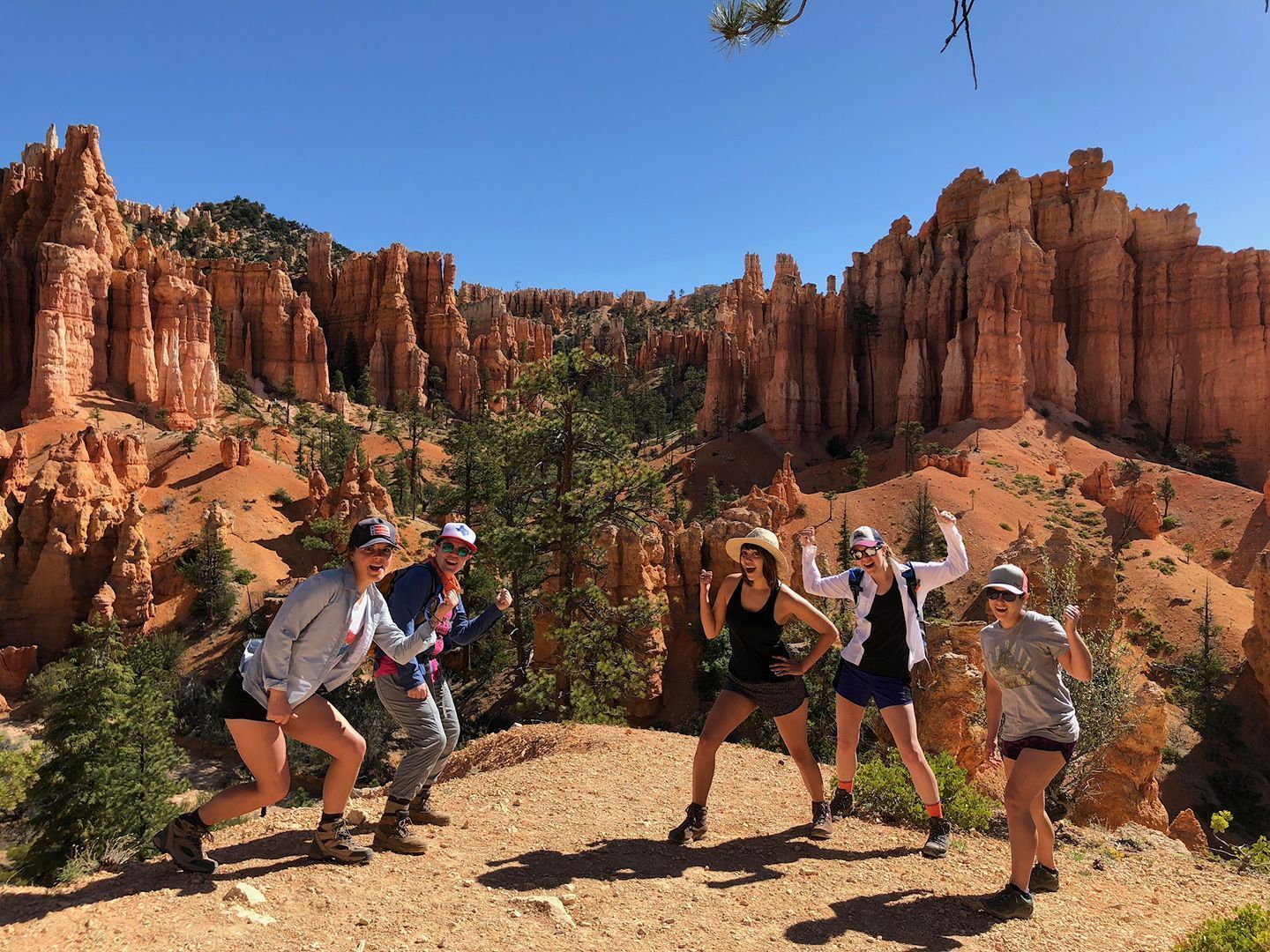Training for Your Trip: Hiking Boots – It’s All About the Fit
Key Takeaways
- Fit is everything: The best hiking boots fit snugly at the heel with room to wiggle your toes—comfort and support prevent pain and blisters on long hikes.
- Shop smart: Try on hiking boots later in the day and wear your trail socks to ensure the most accurate fit for real hiking conditions.
- Match boots to terrain: Day hikers on easy Sedona trails can opt for breathable low-cut shoes, while Grand Canyon backpackers need sturdy high-ankle boots for heavy loads.
- Balance weight and durability: Choose the lightest hiking boots that still provide enough ankle and sole support—especially on rocky or desert terrain.
- Break them in before your trip: Always test new hiking boots before your adventure to avoid blisters, and pack waterproofing treatments for added protection.
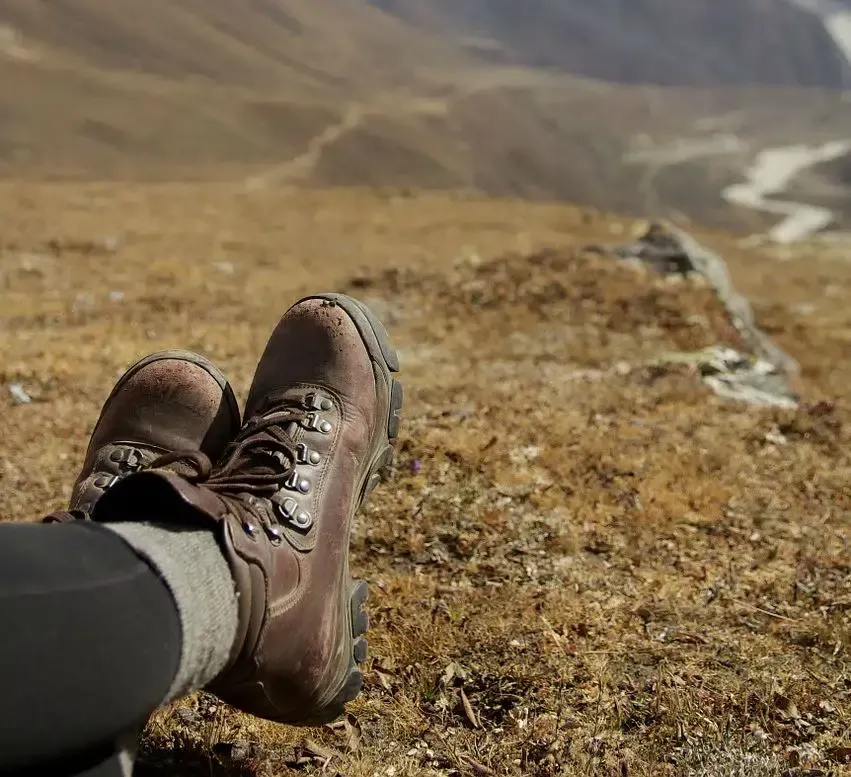
Feel your toes wiggle. That is when you know you have discovered the hiking boot for you. A comfortable hiking shoe should feel snug and supportive around the heel but up front there should be room for your toes to stretch out a bit.
When shopping for hiking boots go prepared with the socks you intend to wear on the trail or buy them at the same time. Also shop for your footwear later in the day since everyone’s feet swell during the course of daily hustle and bustle. This will insure there will be no surprises when you lace up the boots at the trailhead.
Just as critical as the fit of your new hiking shoes to your feet is the match of the boots to your hiking style. This decision will determined by the loads you intend to carry and the terrain you pack it in on.
Sedona Day hikers who seldom stray from well-worn trails are best served by low-cut shoes with flexibility and breathability.
Grand Canyon Backpackers, however, will gravitate towards durable high-ankle boots that will stand up to heavy loads.
The watchword for hiking boots is weight. Boots can be constructed of anything from lightweight synthetics to rugged leather. Hikers want to get away with the lightest shoes possible that will provide support on the trail. In
desert terrain, a mid-weight boot with ankle support is a good choice. Look for a stiff midsole that will act as a shock absorber when clambering over uneven, rocky terrain.
Mid-weight boots also require little break-in time compared to their brawny leather cousins. Regardless of how good a boot feels in the store, however, always give your new shoes a workout before a big trip your next
Grand Canyon adventure. Nothing will ruin a long-awaited expedition like blisters on the first day. Also if your boots and socks do not provide adequate water resistance, slip waterproofing treatments into your backpack. Wet skin becomes soft skin which blisters more easily. Once you’ve broken in your boots, consider exploring one of our
Lodge-Based Adventures for a comfortable yet active way to experience the Southwest.
Frequently Asked Questions
Learn how to choose, fit, and prepare your hiking boots so you can stay comfortable and blister-free on your next outdoor adventure.
How should hiking boots fit?
Hiking boots should feel snug around your heel for support but have enough room in the toe box to let your toes wiggle slightly. A good fit means no slipping at the heel and no tight pressure on your toes, ensuring comfort and stability on uneven terrain.
When is the best time of day to buy hiking boots?
Shop for hiking boots later in the day when your feet are slightly swollen from regular activity. This helps ensure a true-to-trail fit and prevents your boots from feeling too tight once you’re out hiking.
Should I wear specific socks when trying on hiking boots?
Yes. Always try on hiking boots with the same socks you plan to wear on the trail. The thickness and material of hiking socks can affect fit and comfort, helping you avoid blisters and hotspots.
What type of hiking boots are best for day hikes?
For light day hikes on well-worn trails, low-cut hiking shoes with flexibility and breathability are ideal. They offer comfort and enough support for moderate terrain without the extra weight of high-ankle boots.
What kind of boots are best for backpacking trips?
Backpackers carrying heavy loads should choose sturdy, high-ankle boots made from durable materials like leather or reinforced synthetics. These provide the ankle stability and support needed for rough, uneven terrain and long days on the trail.
Why is boot weight important?
Boot weight affects comfort and endurance. Lighter boots reduce fatigue on easier trails, while mid- to heavy-weight boots offer stability and protection on rocky or steep terrain. Choose the lightest pair that still supports your hiking needs.
How long does it take to break in hiking boots?
Mid-weight hiking boots often require minimal break-in, while full-leather models take longer. It’s best to wear new boots on short hikes or around town before a big trip to let the materials soften and conform to your feet.
How can I prevent blisters while hiking?
Ensure your boots fit well, wear moisture-wicking socks, and waterproof your footwear if needed. Keeping your feet dry and your boots properly broken in will reduce friction and prevent blisters from forming.
Do I need waterproof hiking boots?
If you’re hiking in wet or variable conditions, waterproof boots or a waterproofing treatment are worth it. In dry desert terrain, breathable mid-weight boots may be better to prevent overheating while still offering support.
What’s a good all-around hiking boot for desert trails?
A mid-weight boot with ankle support and a stiff midsole works best for desert terrain. It provides stability on rocky paths, shock absorption, and breathability—perfect for exploring places like Sedona or the Grand Canyon.
Four Season Guides, 506 N Grant St suite o, Flagstaff, AZ 86004, United States
+19285251552
35.19653980, -111.62000560

